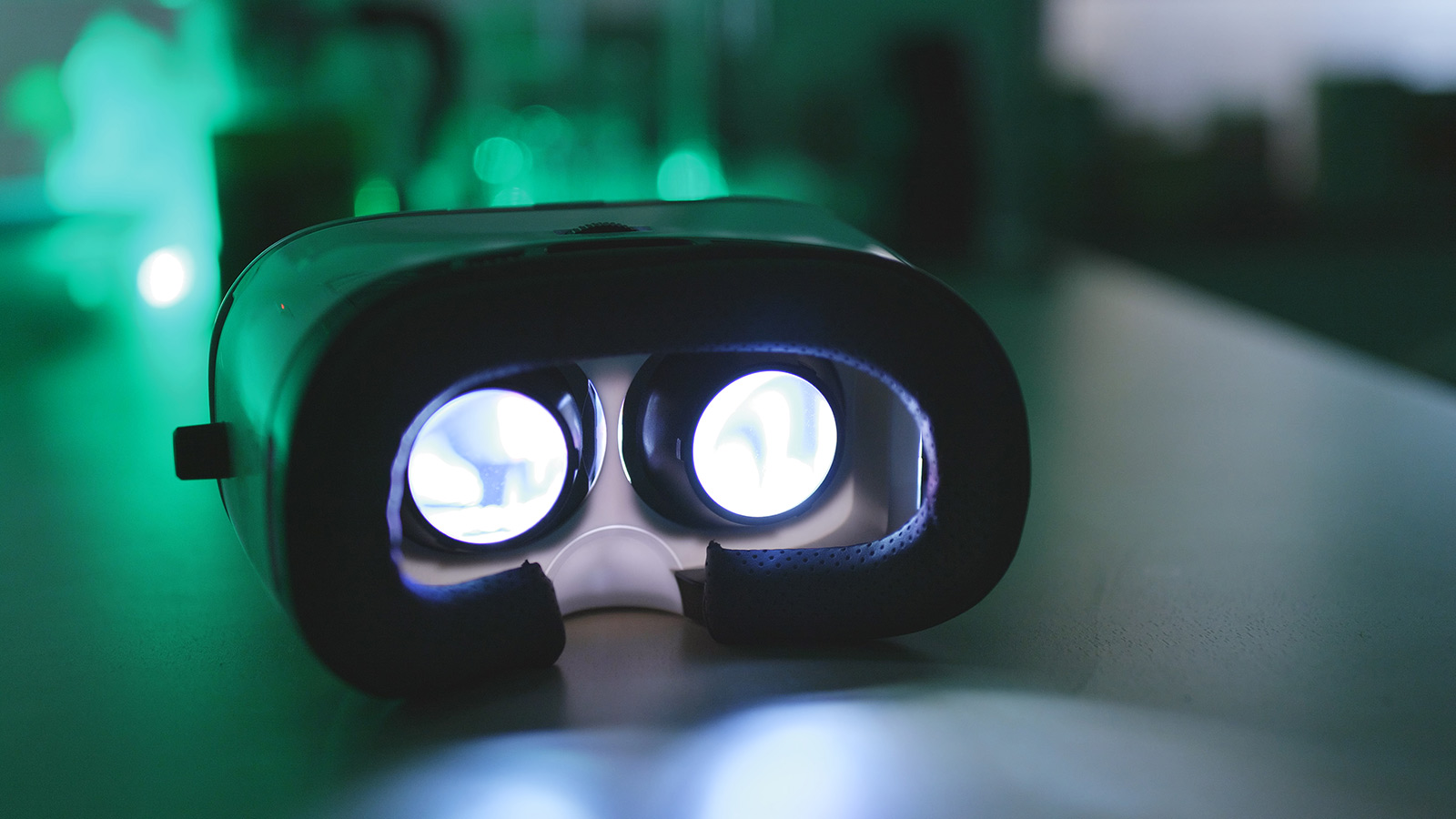
Apr 13, 2024
Georgia Tech is advancing efforts to responsibly integrate extended reality (XR) programs into its service offerings across academic, research, and administration spaces.
XR collectively refers to virtual reality, augmented reality, and mixed reality technologies, which simulate or enhance real-world experiences. These technologies use computer-generated environments, digital augmentation of physical environments, and the blending of physical-digital elements to create an immersive experience. Common examples of XR devices include the Microsoft HoloLens, Meta Quest, and Apple Vision Pro headsets, commonly used for training, education entertainment, physical workouts, and gaming.
Georgia Tech’s Office of Information Technology (OIT) has seen a demand in requests for XR capabilities from Tech students, faculty, and researchers looking to enrich the teaching and learning experience. OIT has previously partnered with the Invention Studio @ Georgia Tech to build out an interactive virtual tour of the studio leveraging Microsoft Mesh, a cloud-based platform that allows users in various physical locations to engage with each other and collaborate in a custom environment. OIT has also worked with faculty and student groups to explore immersive XR-based collaboration or co-design, the intersection of arts and XR, and an educational moon environment.
“While the use of XR in support of teaching and learning is not new, we have seen a renewed interest in exploring the use of that technology," said Didier Contis, executive director of OIT's Academic Technology, Innovation, and Research Computing. "The interest of XR also extends to research activities, wellbeing, digital museums, and remote assistance. Likewise, as artificial intelligence (AI) becomes more infused in the way we work, we are also seeing an increase in the release of more powerful XR devices and platforms that incorporate AI.”
With this growth in mind, the Academic Technology, Innovation, and Research Computing team is exploring ways to scale the use of XR effectively and responsibly. This includes keeping data privacy, security, and ethics top of mind.
Contis added that institutions should be intentional in their efforts to advance XR at scale to avoid the perception of innovation stifling and bureaucratic approaches to implementation. It is our responsibility to lay the groundwork for developing an empowered institution that is fully prepared to embrace XR and other emerging technologies while keeping humans at the center of the effort.
Next steps for advancing XR at Tech include developing communities of practice centered around campus early adopters and community leaders (including student organization eXtended Reality), establishing partnerships with units across campus, and creating learning and development opportunities for Institute student, faculty, and staff to experience XR. OIT also plans to collaborate with Institute partners to draft preliminary guidelines for the use of XR technology and services for instructional purposes.